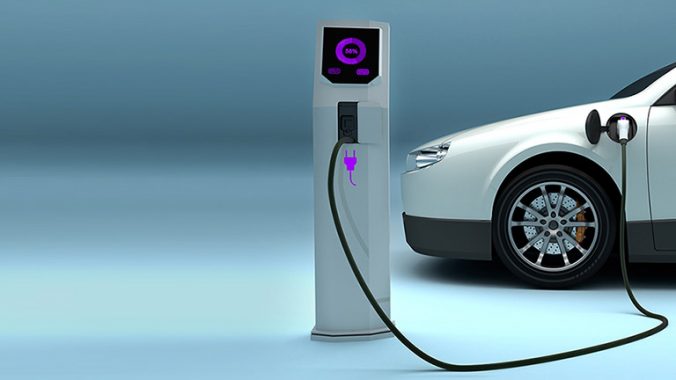An electric charging station connects an electric vehicle to a source of electricity that charges the car. Chargers need to be plugged into the car’s charging slots to recharge the vehicle effectively. Today, you can find EV charging stations in various places with mobile apps available to locate the nearest station.
Have you ever wondered how much easier it would be if you had an electric charging station at your own home? It would undoubtedly make your weekly routine easier as you could charge your car right away, anytime, to go anywhere.
Before you rush into getting an electric vehicle charging station installed at your home, there are some essential things you need to consider to ensure you get the best results. Let’s discuss everything you need to know about residential electric vehicle charging station installation.
Electric Vehicle Charging Station Installation
Here is everything you need to know about the electric vehicle charging station installation process:
What Is a Level 1 Electric Vehicle Charger?
A level 1 electric vehicle charger is the most basic type of EV charger. It is a cord or charging system that comes with the vehicle when it is purchased. It can simply be plugged into a standard 120 Volt, 20 Amp circuit wall outlet in your home. The wall outlet would start providing current to the car, charging it up. It usually takes 8-12 hours to charge a fully used battery completely using this method.
Installation
Installing a level one EV charger is simple. You won’t even need to seek any professional help during this process. All you need to do is to set up the charging cord in your home, using an appropriate plug, and it’s ready to use!
What Is a Level 2 Electric Vehicle Charger?
A level 2 EV charger is a bit different from the level 1 vehicle charger. However, they work on the same mechanism, and it uses 240 volts of electricity and a 40 Amp current. The benefit of this is that it can charge your car much faster than a level 1 charger.
Installation
A level 2 EV charger requires a special installation procedure using a standard wall outlet that charges your electric vehicle. Installation of a level 2 EV charger includes a circuit breaker that needs to be attached to a 240-volt electrical source by a 4-strand cable. You’ll also need to attach a ground wire to the ground bus bar and a standard wire to the wire bus bar, with two hot wires attached to the double-pole breaker. You should undoubtedly hire a professional to handle this type of installation.
What Is a Level 3 Electric Vehicle Charger?
These are the fastest type of EV chargers available on the market. They can recharge your electric car at a rate of 3 to 20 miles of range per minute. This means you can charge your vehicle up to 80% in thirty minutes, which is much faster than a level 1 charger.
Installation
Unfortunately, these charges are only used in commercial and industrial areas. They cannot be installed at home due to their complex technology and high maintenance cost. However, this might be an excellent option for your employees and customers if you own a business.
Contact a Reliable Electrician for All Your Electrical Needs
If you need electrical work, it’s imperative to hire a licensed professional to do the job. Contact a reliable Moreno Valley electrician to schedule an appointment.

Leave a Reply